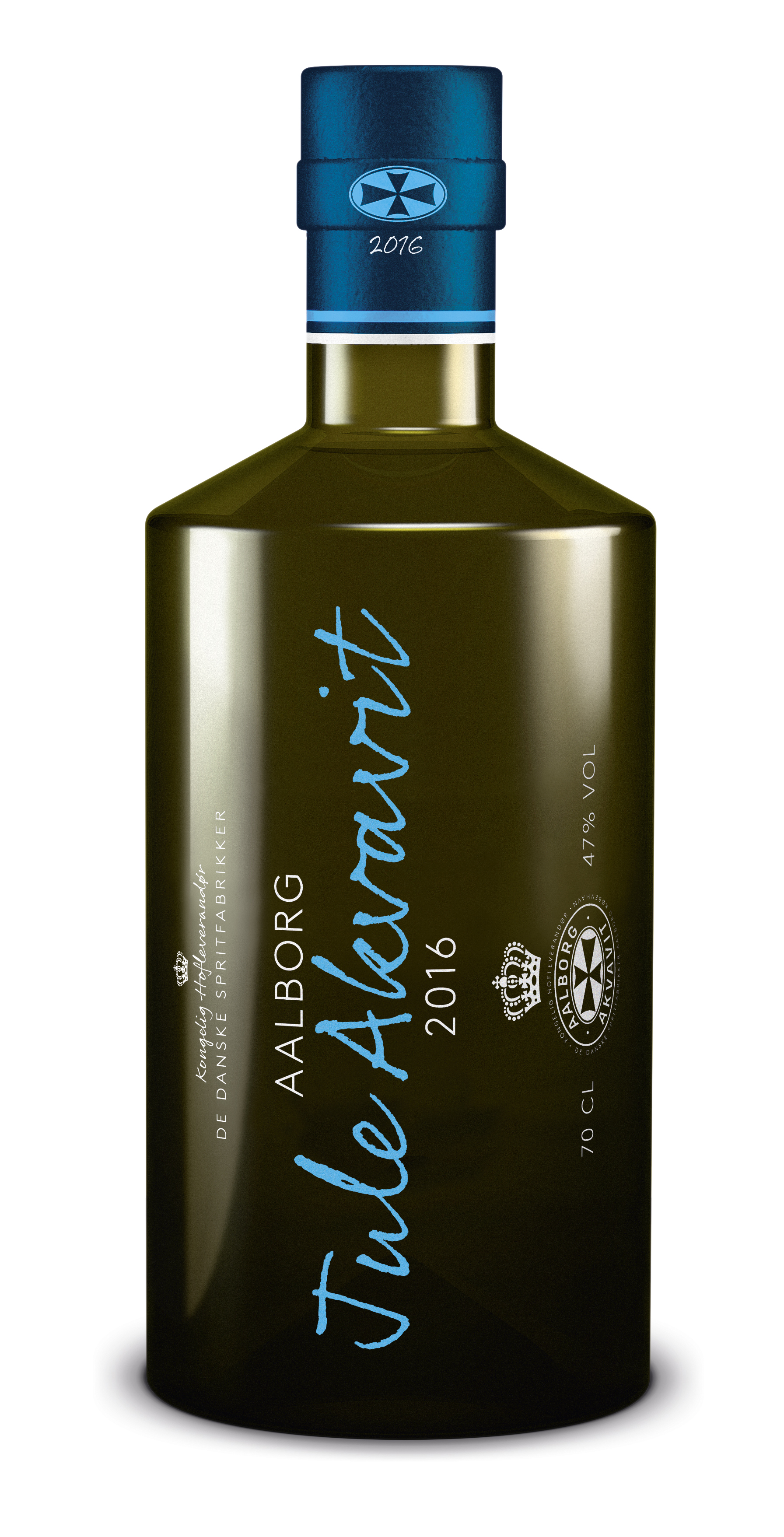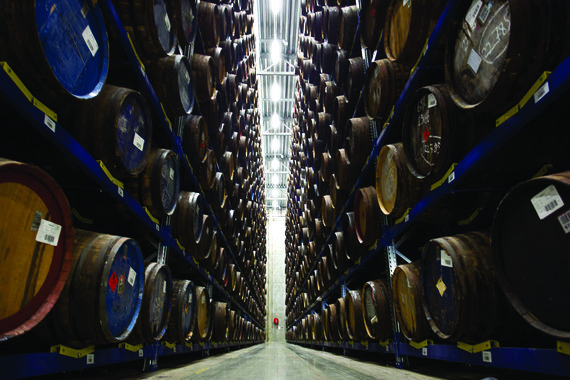______________________________
THE INTERNATIONAL Spirits Challenge is, without doubt, one of the oldest and most respected spirits competitions in the world. Normally, its supreme champion is drawn from the huge list of entries from whisky, cognac and liqueurs. Frankly, as in most tasting competitions, the winners usually come from full flavoured drinks.
So when the various chairmen of judges, tasting all the trophy winners blind, came up with a white spirit – and not a mainstream white spirit at that – experts in the industry sat up and took notice. It wasn’t even a vodka, flavoured or not. Not even one of the plethora of ‘craft’ gins that are coming out on a daily basis. No, the unexpected winner was a Danish akvavit. A special akvavit, it has to be said. Aalborg Jule (Jule is Danish for ‘Christmas’) swept the board with its distillate of caraway, dill seeds and coriander. The judges were swayed by its “robust caraway character and subtle notes of dill, fennel, cinnamon and orange.’ They loved it.
BACKGROUND
The word ‘aquavit’ is derived from Latin aqua vitae, ‘water of life’. The word ‘whisky’ is derived from uisge beatha, the Gaelic equivalent of the same. Likewise, clear fruit brandy is called ‘eau de vie’, which is French for water of life.
Put simply, aquavit or akvavit is Nordic gin. Instead of the predominate botanical being juniper, aquavit relies on caraway and dill. Danish akvavit is traditionally distilled from wheat, is unaged and therefore clear, whereas, Norwegian aquavit is made from potatoes and is generally aged, so comes in shades of brown.
The Danes put their Aalborg akvavit in the fridge or freezer and drink it ice-cold or at least chilled with their ‘koldt bord’ (‘cold table’, the Danish equivalent of the better-known Swedish smorgasbord).
‘Norge maend’ are a bit sniffy about chilling their version – they see Norwegian aquavit as like a whisky or brandy, to be savoured at room temperature.
The Norwegian company Arcus is the largest producer of aquavit in the world, having bought Denmark’s Aalborg from Pernod Ricard in 2013. It produces approximately 4m litres a year. The market is essentially Norway, Denmark and Sweden (whisky is bigger in Sweden than aquavit. Finland: under 40,000 litres).
OP Anderson is the major Swedish aquavit brand, Gammel Opland is Norway’s, while Aalborg reigns supreme in Denmark. The best known aquavit outside the Nordics is Lysholm Linie, famous for its ageing voyage across the Equator and back, but it is relatively smaller in Norway itself.
The challenge for Arcus sales director of spirits, Marius Døker and his team is to alter the profile of aquavit drinkers. Unsurprisingly, the traditional aquavit drinker is older and they drink it with food and possibly as a beer chaser.
As all the marketing manuals say: ‘The grass is always greener on the other side’. So younger consumers, eschewing what their parents drink, look to wine and exotic spirits such as whiskies, brandies, rums and vodka (Absolut and Finlandia to name but two major Nordic vodka brands).




